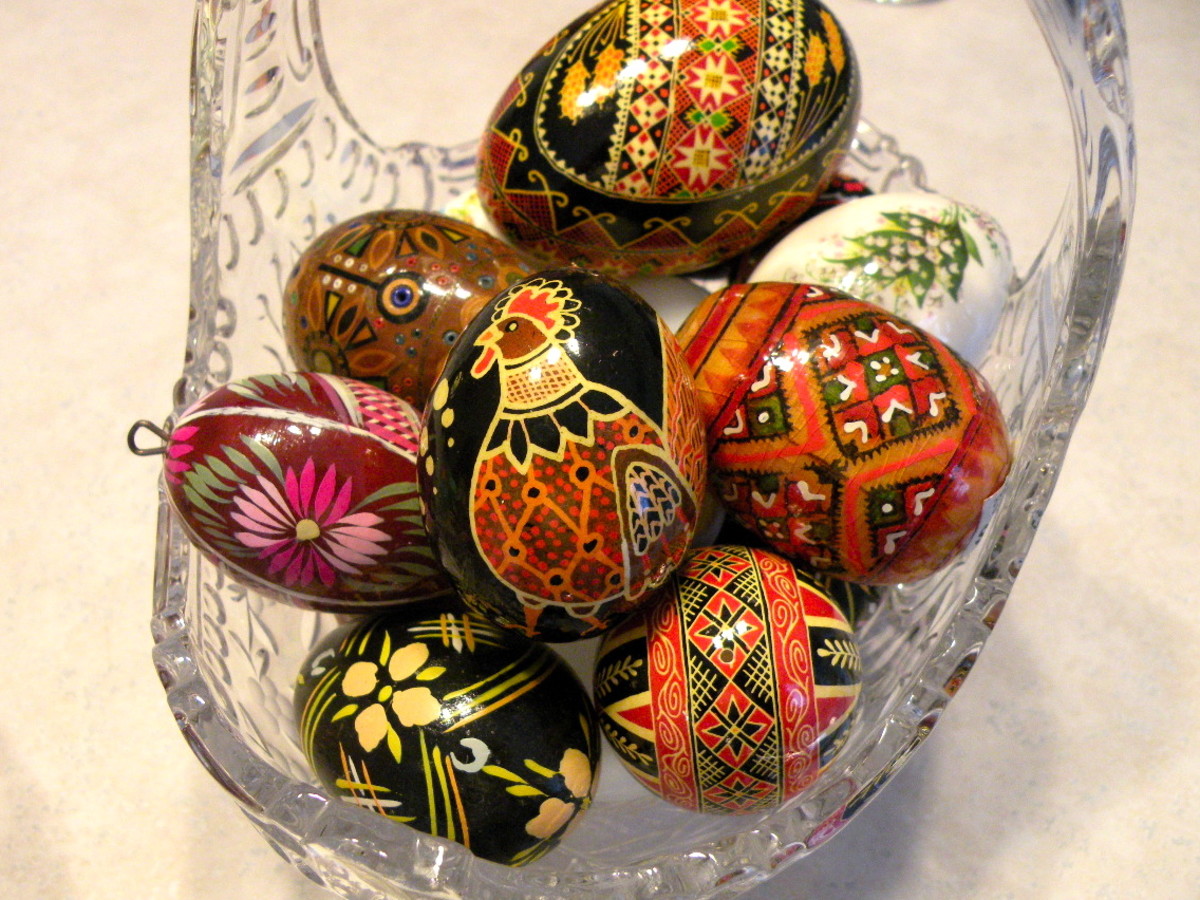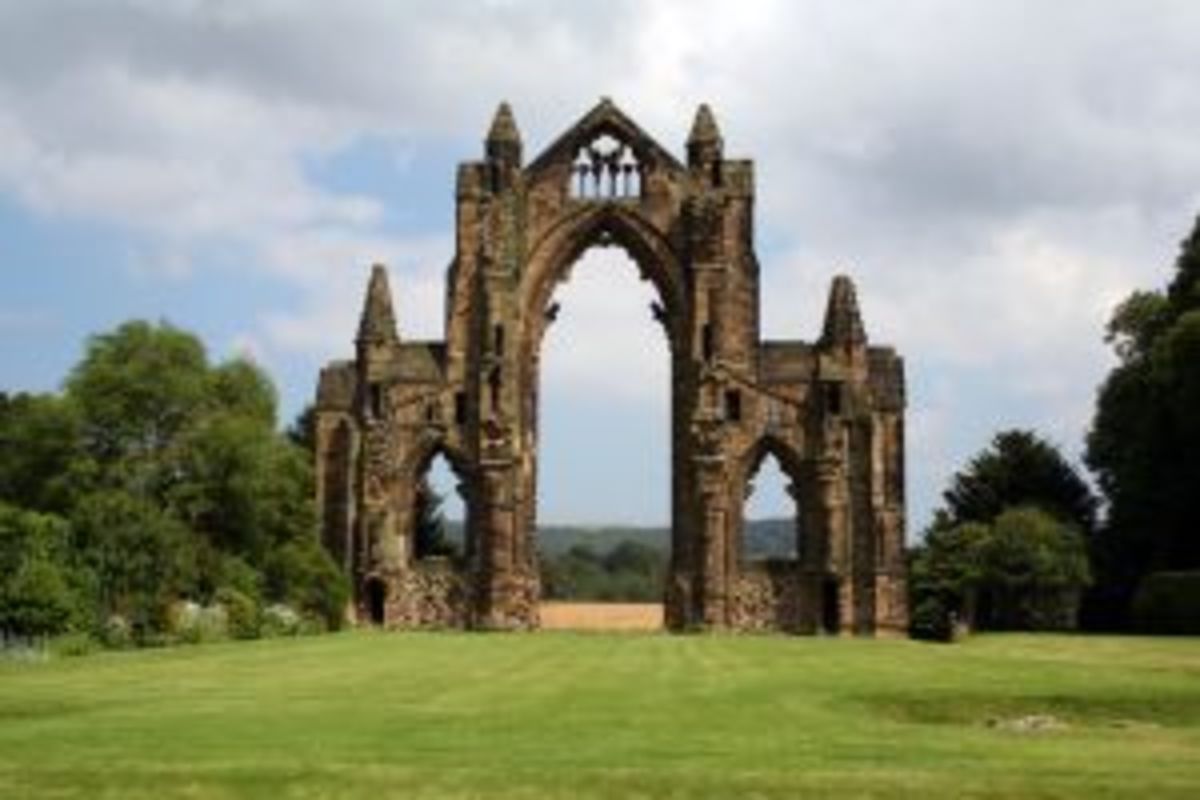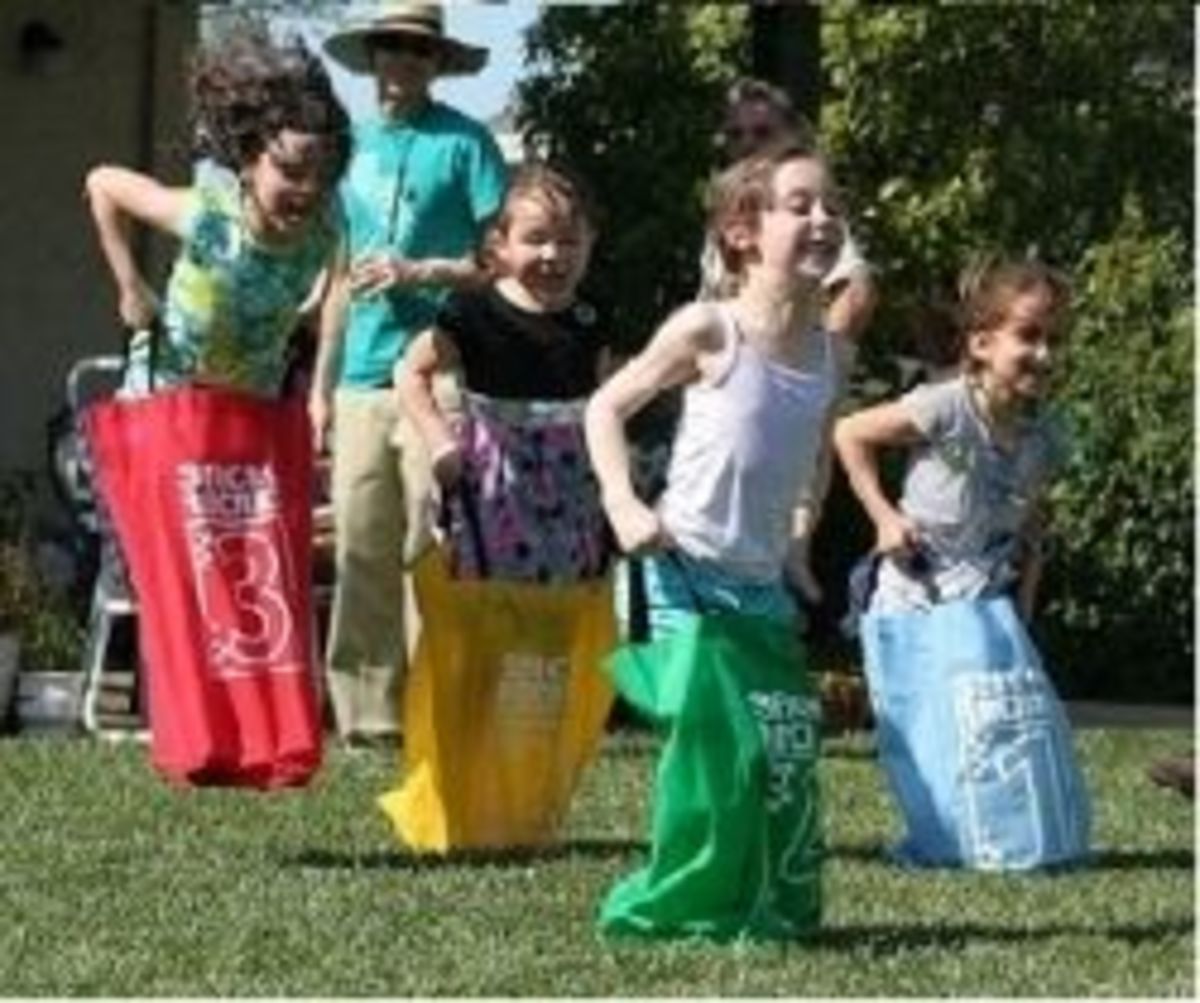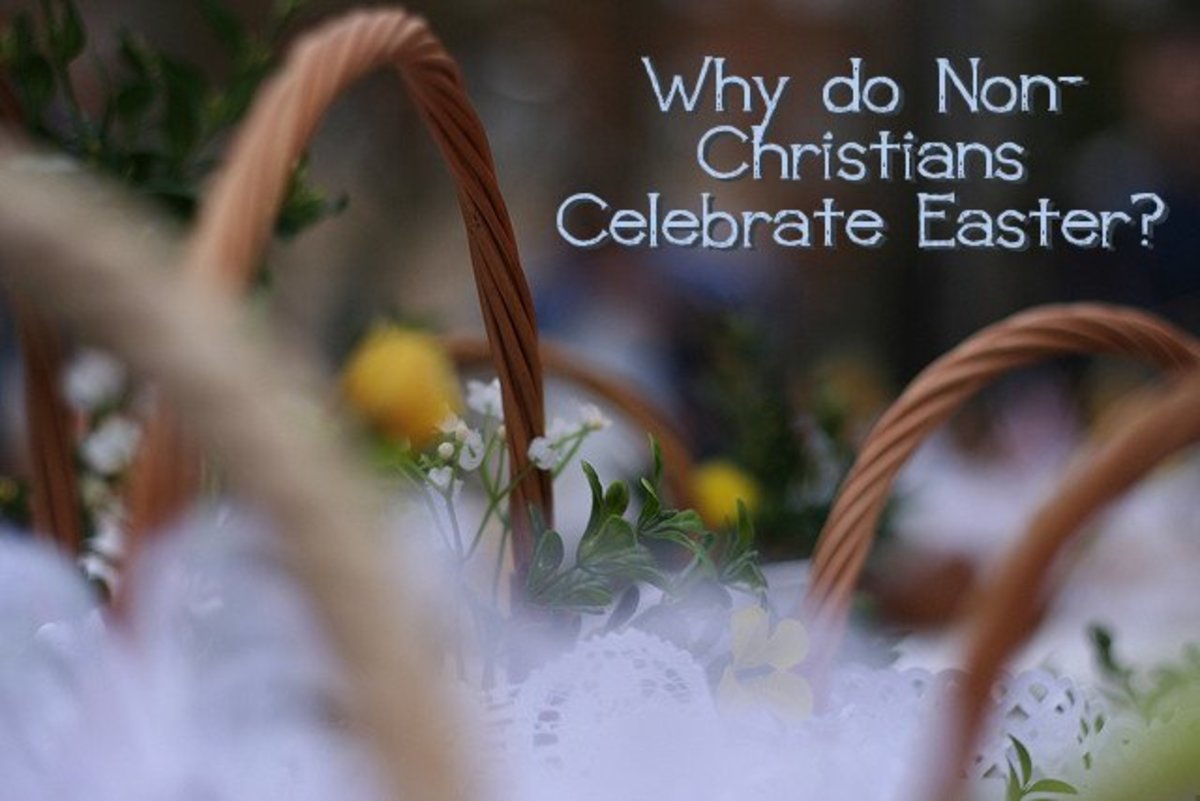The Theology of Easter
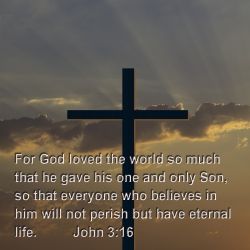
Colored Eggs And Chocolate Bunnies Are OK But There's More
This article is intended to be a refresher course on the theology of Easter. Our culture has largely replaced the underlying theology of Easter with secular traditions, some of which might be lightly dipped in religion but, for the most part, they have little to do with the original essence of Easter. Many in our current generation associate Easter with little more than bunnies, brightly colored eggs and chocolate goodies. Of course there's nothing wrong with bunnies, colored eggs and chocolate (especially chocolate). For many people today Easter is a essentially a secular holiday. I'm not criticizing that, I merely want to inform or remind people of the original essence of the holiday we call Easter. Hopefully this information will help some find their Easter celebrations even more meaningful.
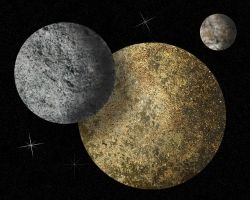
Easter - The Pivot Point of History
Most people are aware that, at its core, Easter is the celebration of the resurrection of Christ following his crucifixion. I don't think we can understand Easter without considering the crucifixion and resurrection together. While these are historical events, their significance in terms of physical and spiritual reality are almost impossible to overstate. I don't think it an exaggeration to consider the crucifixion and resurrection of Christ as the apex of history.
Free Resources
Here's some free Bible resources where you can research the Bible verses in this article in context - and much more.
Bible Gateway
Blue Letter Bible
ESV Bible
At E-Sword you can download the entire Bible with several translations, commentaries and study aids.
The Old Testament Pointed Forward To Easter
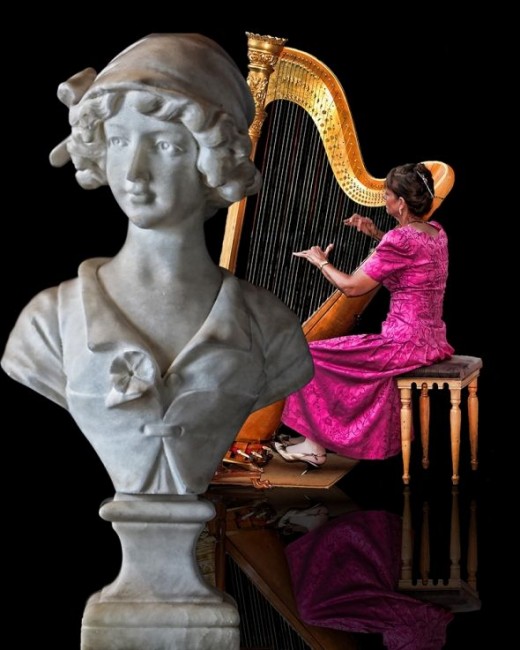
In the Old Testament (OT), God's dealings with men pointed forward to "Easter" and God's dealings with men in the New Testament (NT) points back to "Easter". Let's explore very briefly how the OT pointed forward to Easter. The first death in the Bible is when God made garments of skins to cover Adam and Eve after they sinned (Genesis 3:21). This killing of animals to cover Adam and Eve illustrated the requirement of shedding blood to "cover" or compensate for sins as was later revealed to Moses on Mt. Sinai. Animal sacrifices to cover sin were observed year after year. This bloodshed, the taking of a life, was a demonstration of the holiness of God and the seriousness of sin against Him. A holy God doesn't grade on the curve, He cannot tolerate sin. Sin cannot be ignored, it must be punished. The OT law taught that the shedding of blood was necessary to atone for sin (Leviticus 17:11) and the NT affirms this in Hebrews 9:22 and in Romans 6:23 where scripture says the "wages of sin is death." If this bloodshed, the taking of life, seems harsh or repulsive then you are beginning to see the seriousness of sin from the perspective of a holy God.
While the OT had its complex and strict laws, priests and blood sacrifices, it also pointed forward to Christ's future and ultimate, final (once for all) shedding of his own blood for the sins of mankind. Isaiah 53:2-12 is an amazing OT passage describing the future Messiah's death for the sins of others. Vs 7 says, "He was led as a lamb to the slaughter"

The New Testament Points Us Back To Easter
In the NT we see that the function of the OT law was to show us that it was and is impossible for us to live a perfect life in full obedience to a holy God. Galatians 3:6 refers to the law as a "schoolmaster" that brought us to Christ so that we could be justified by faith. Galatians 3:11-12 says "it is clear that no one is put right with God by means of the Law, because the scripture says, "Only the person who is put right with God through faith shall live." Since the OT Law shows us that none of us can live a perfect life according to God's standards, it points us to Christ who did live a perfect life as a man which enabled him pay the price for our sins with his blood. Man's salvation is not in man's ability to live a perfect life for all, apart from Christ, have sinned. Man's salvation is found in God's grace by faith in the person and work of Christ on our behalf. Rev 5:12 records the heavenly hosts saying, "Worthy is the Lamb who was slain."
Hebrews chapter 10 tells us that the OT sacrifices were a yearly reminder of sins (v.3) but that it was "impossible for the blood of bulls and goats to take away sins. Consequently, when Christ came into the world, he said, "Sacrifices and offerings you have not desired, but a body you have prepared for me (v.4-5). So Christ "offered one sacrifice for sins, an offering that is effective forever (v.12)."
Now, to bring this into context with Easter, we see that the crucifixion of Christ in physical time and space is the means by which God by his grace provides a perfect and eternal solution to the sin problem. God did what no man could do by building a bridge to Himself through the perfect vicarious sacrifice of God the Son. This bridge to God is crossed by faith in Christ and his death in our place. In so doing our death sentence for our sin is paid in full by Christ. This is all wonderful beyond words but by His resurrection we have the promise and evidence of His victory over death and ours in Him.
There is much to celebrate at Easter because with his death, Christ conquered sin and with his resurrection he conquered death. The term gospel means good news and the story of Easter is the essence of the gospel. In I Corinthians 15:1-6 Paul defines the gospel and it's inseparable from Easter. "And now I want to remind you, my friends, of the Good News which I preached to you, which you received, and on which your faith stands firm. That is the gospel, the message that I preached to you. You are saved by the gospel if you hold firmly to it - unless it was for nothing that you believed. I passed on to you that which I received, which is of the greatest importance: That Christ died for our sins, as written in the Scriptures; that he was buried and that he was raised to life three days later, as written in the Scriptures; that he appeared to Peter and then to all twelve apostles. Then he appeared to more than five hundred of his followers at once, most of whom are still alive."
The resurrected Christ was seen by the apostles and many people who were still living at the time I Corinthians was written in AD 56. These people vigorously spread the gospel and many went to their death in defense of it.
As you can see, the real story of Easter has nothing to do with eggs, bunnies and chocolate which are all fine but of only temporary significance. The story of Easter is one of eternal significance holding forth evidence of God's grace and his provision by the crucifixion and resurrection of the Lamb of God for man's salvation.
So, according to Scripture, God's standard of perfection has been provided for us by the sacrifice of His son, the Lamb of God, for our sins. The Good News is that because of God's love and grace, our imperfections can be forgiven if we place our faith in Christ. God's grace and salvation is free but not cheap given the price paid for us by by Christ on the cross. Each of us can believe and receive God's salvation in Christ or we can reject it. Knowing of God's grace and provision for mankind's salvation, no person will be eternally lost against their own will. Choosing to accept God's salvation in Christ or choosing to ignore or reject it is an act of will with eternal consequences so choose wisely.
Celebrating Easter Today
Did you know that the idea of the Easter egg came from the fact that early Christians saw the egg as a symbol of the resurrection? New life seems to spring forth from a dormant egg. The Orthodox and Eastern Catholic Churches dyed eggs red to represent the blood of Christ on the cross. The hard shell was a symbol of the sealed tomb of Christ and the cracking of the egg represented his resurrection.
I grew up in a family with no particular religious perspective and we celebrated Easter as a secular holiday and had great fun coloring eggs, egg hunts and, of course eating chocolate bunnies. We lived on a ranch so my parents had lots of places to hide eggs. It was a fun family time. I was unaware of the theological history of Easter until almost in high school and had no real understanding of it until I became a Christian well into high school.
Easter can be a good time for gathering family, gift giving and having fun. Today I have fond memories associated with Easter as a youth but now I have added to this a deep sense of gratefulness and awe as I contemplate God’s amazing grace as demonstrated on the cross. In the events of Easter, God wore sandals in order to do for us what we couldn’t do for ourselves.



